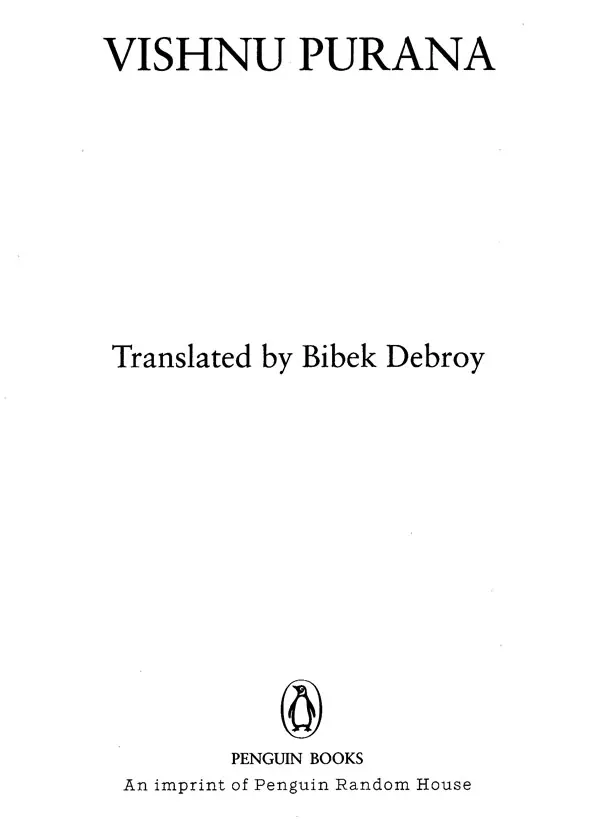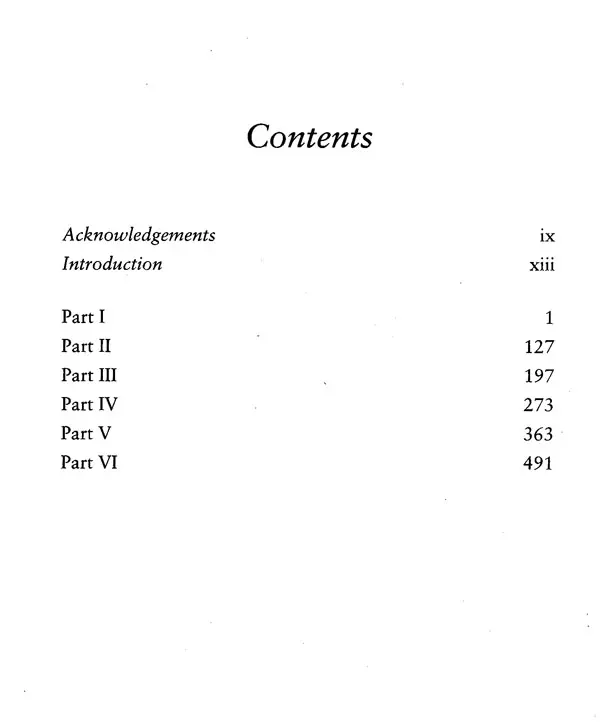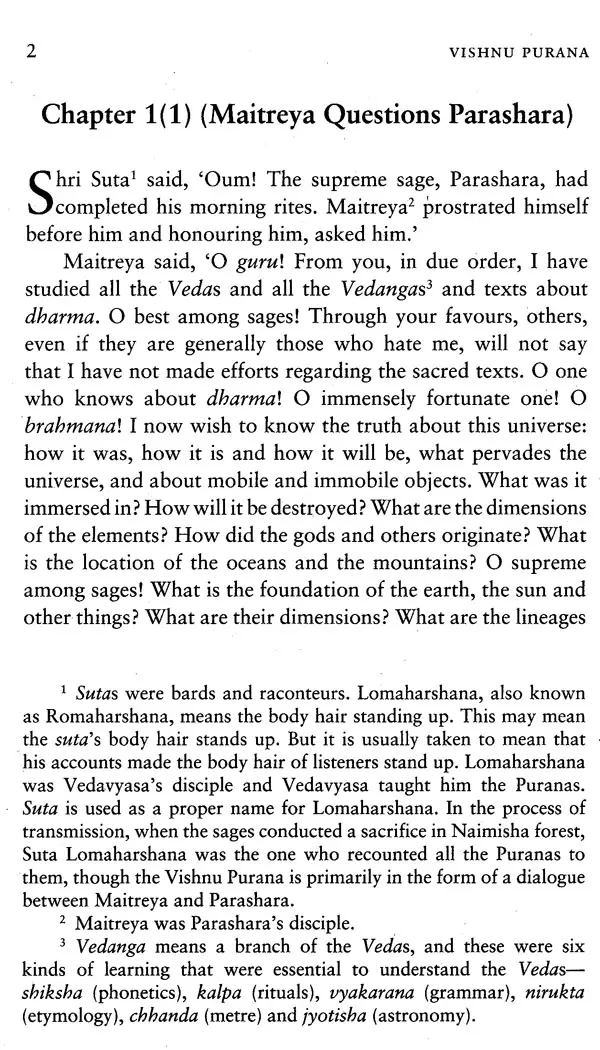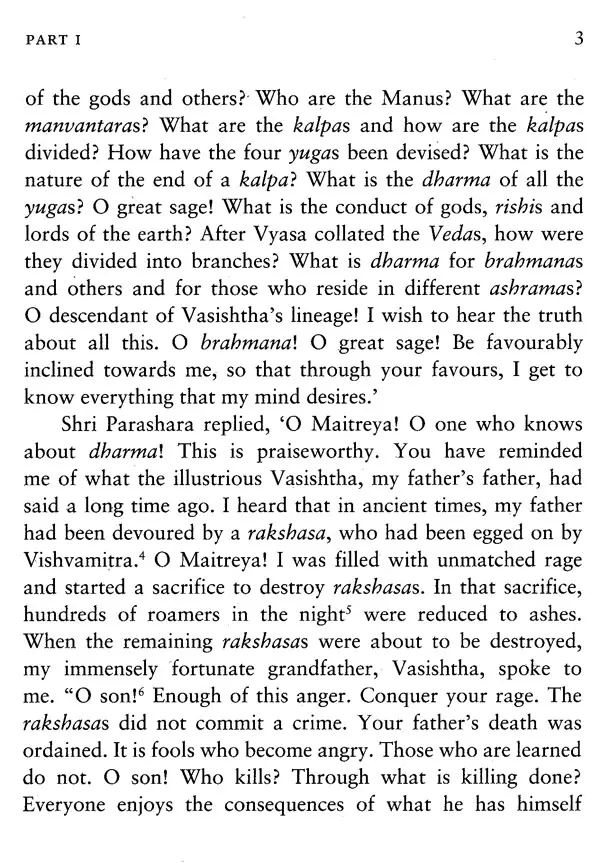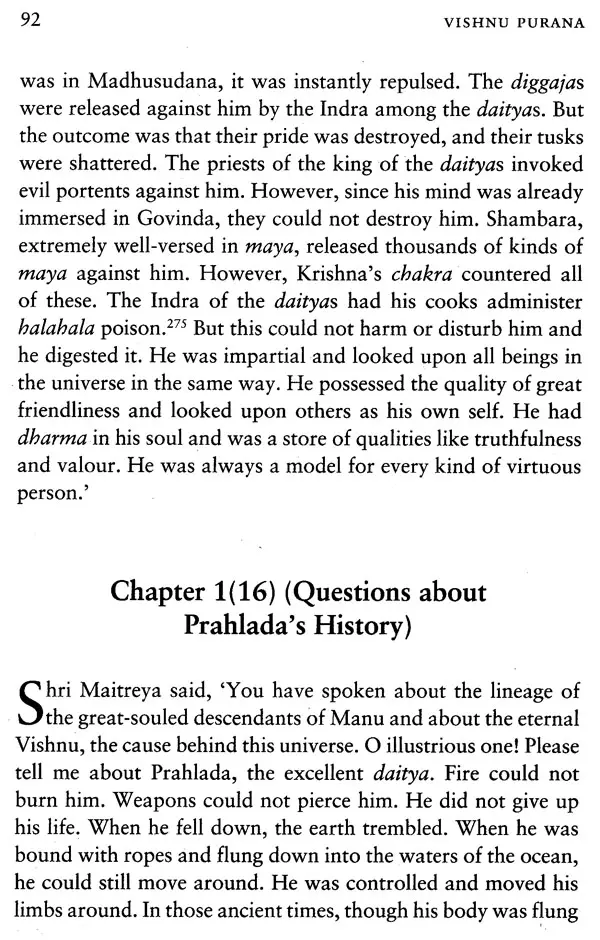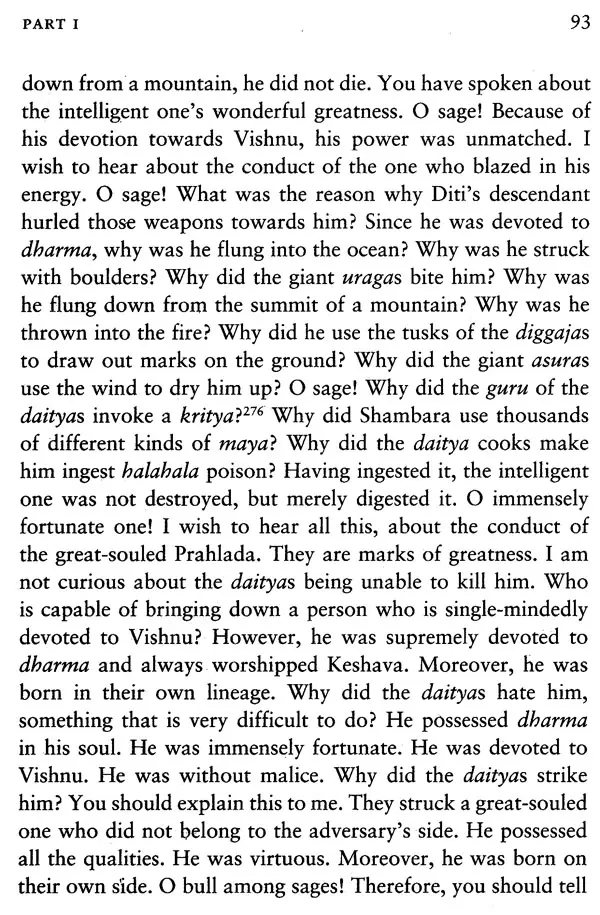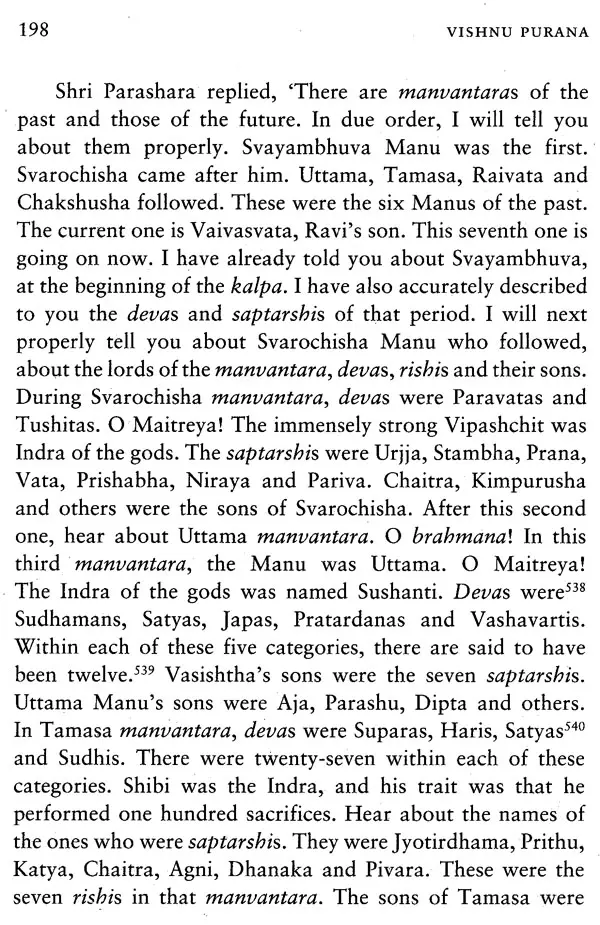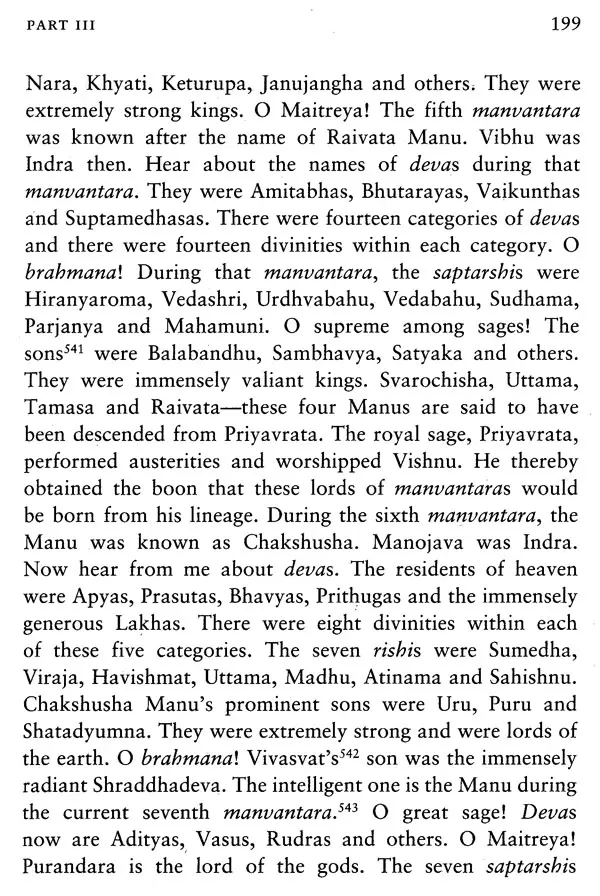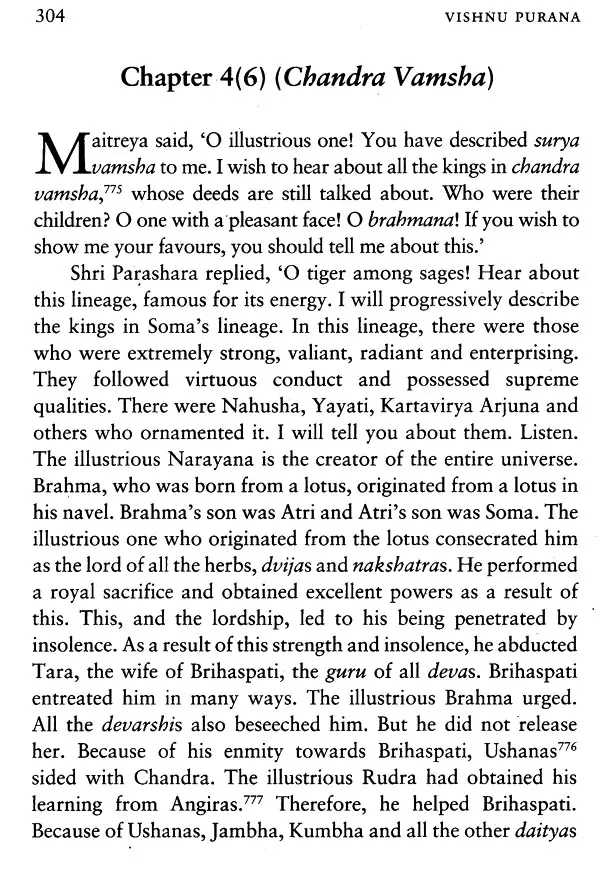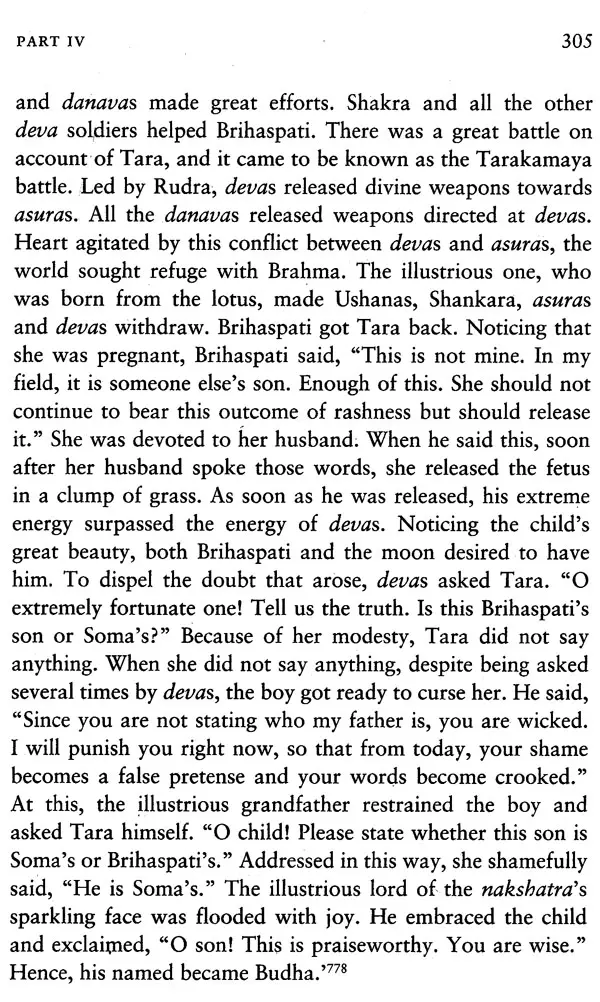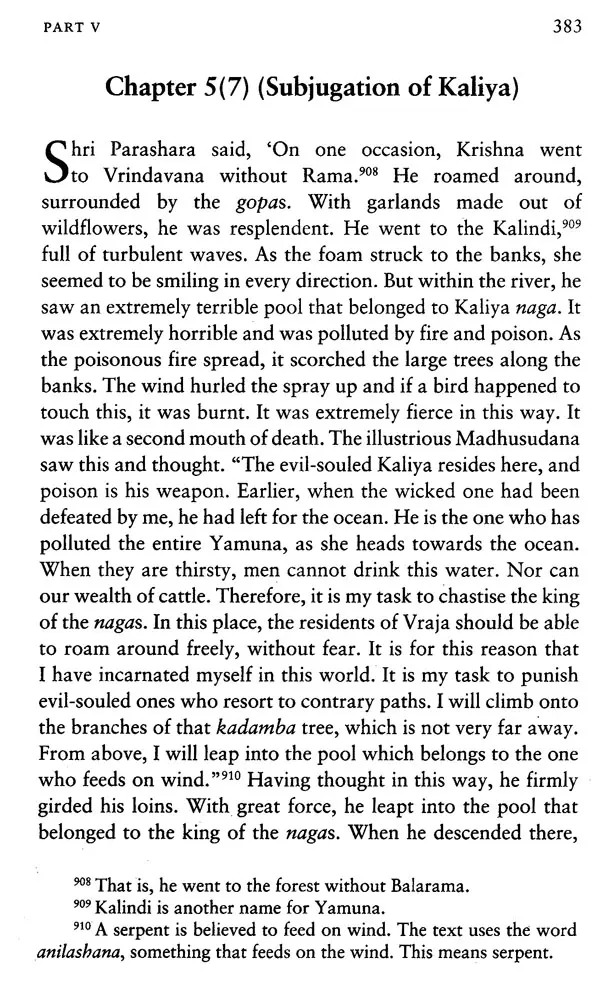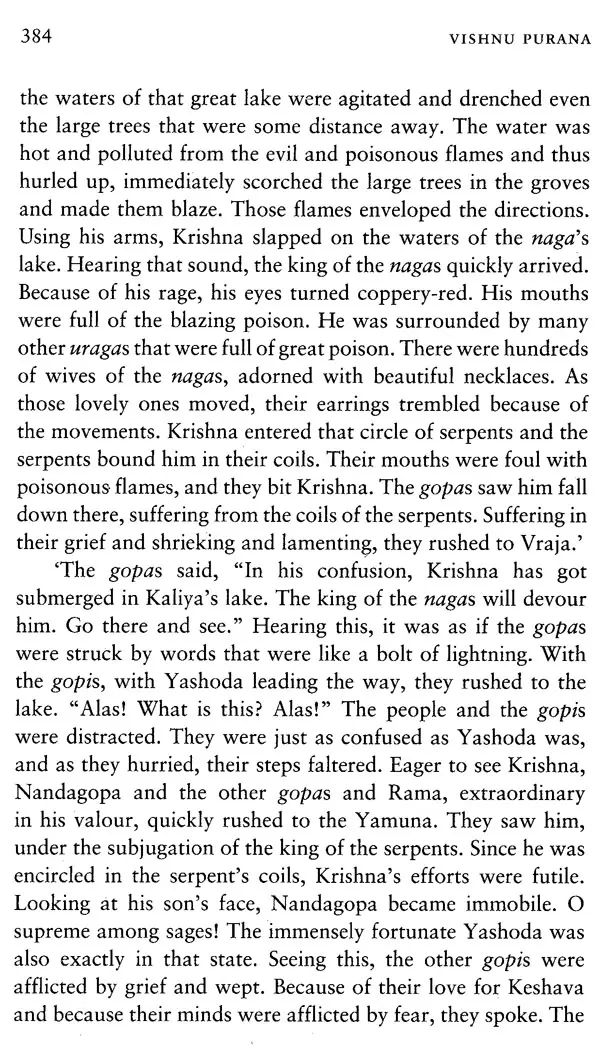
Vishnu Purana
Book Specification
| Item Code: | UAM318 |
| Author: | Bibek Debroy |
| Publisher: | Penguin Books India Pvt. Ltd. |
| Language: | English |
| Edition: | 2022 |
| ISBN: | 9780143456865 |
| Pages: | 532 |
| Cover: | PAPERBACK |
| Other Details | 8.50 X 5.50 inch |
| Weight | 450 gm |
Book Description
The Vishnu Purana is part of a series of eighteen sacred Hindu texts known collectively as the Puranas. It occupies a prominent position among the ancient Vaishnava Puranas which recount tales of creation and the many incarnations of Lord Vishnu. It describes the four classes of society, the four stages of life, and key astronomical concepts related to Hinduism.
Brimming with insight and told with clarity, this translation of the Vishnu Purana by Bibek Debroy presents readers with an opportunity to truly understand the classical Indian mythic texts. Debroy has previously translated the Bhagavata Purana, the Markandeya Purana, and the Brahma Purana.
The word ‘Purana’Means old, ancient. The Puranas are old texts, usually referred to in conjunction with Itihasa (the Ramayana and the Mahabharata). Whether Itihasa originally meant only the Mahabharata, with the Ramayana being added to that expression later, is a proposition on which there has been some discussion. But that's not relevant for our purposes. In the Chandogya Upanishad, there is an instance of the sage Narada approaching the sage Sanatkumara for instruction. Asked about what he already knows, Narada says he knows Itihasa and Purana, the fifth Veda. In other words, Itihasa-Purana possessed an elevated status. This by no means implies that the word 'Purana', as used in these two Upanishads and other texts too, is to be understood in the sense of the word being applied to a set of texts known as the Puranas today. The Valmiki Ramayana is believed to have been composed by Valmiki and the Mahabharata by Krishna Dvaipayana Vedavyasa. After composing the Mahabharata, Krishna Dvaipayana Vedavyasa is believed to have composed the Puranas. The use of the word 'composed' immediately indicates that Itihasa-Purana are smriti texts, with a human origin. They are not shruti texts, with a divine origin. Composition does not mean these texts were rendered into writing. Instead, there was a process of oral transmission, with inevitable noise in the transmission and distribution process. Writing came much later.
Pargiter's book on the Puranas is still one of the best introductions to this corpus. To explain the composition and transmission process, one can do no better than to quote him.
**Contents and Sample Pages**
